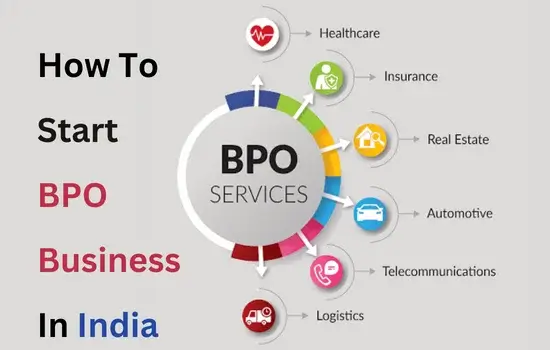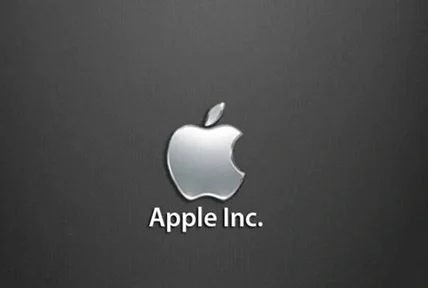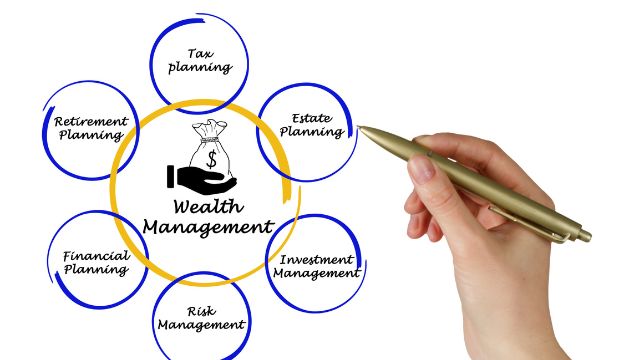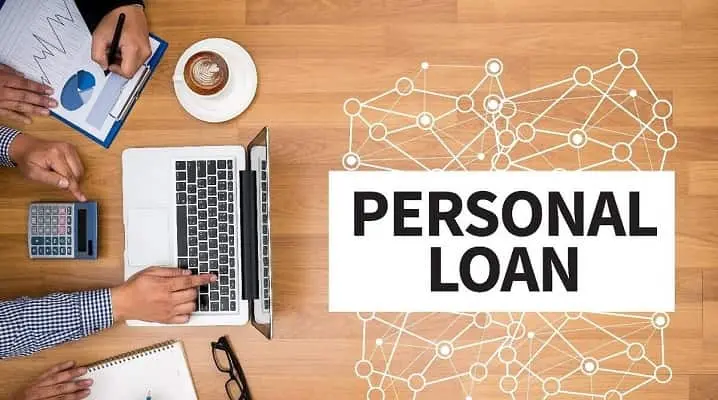Unilever stands as a formidable entity in the global fast-moving consumer goods (FMCG) sector. With a diverse portfolio encompassing food, beverages, personal care, and home care products, the company operates in over 190 countries, reaching billions of consumers worldwide. This SWOT analysis delves into Unilever’s current strengths, weaknesses, opportunities, and threats, providing insights into its strategic position in 2025.
Strengths
1. Global Presence and Strong Brand Portfolio: Unilever’s extensive reach across more than 190 countries is a testament to its operational capabilities and brand resonance. The company’s portfolio includes iconic brands such as Dove, Knorr, Lipton, and Magnum, many of which are market leaders in their respective categories. This global footprint not only ensures a diversified revenue stream but also positions Unilever to leverage emerging market opportunities effectively.
2. Robust Financial Performance: In the third quarter of 2024, Unilever reported an underlying sales growth of 4.5%, driven by a 3.6% increase in volume. This marked the fourth consecutive quarter of positive volume growth, underscoring the company’s resilience and effective market strategies. Such financial stability enables Unilever to reinvest in innovation, sustainability initiatives, and market expansion.
3. Commitment to Sustainability: Unilever has long been a pioneer in integrating sustainability into its business model. The company’s initiatives, such as the Unilever Compass strategy, aim to decouple growth from environmental impact while increasing positive social impact. This commitment not only aligns with global sustainability goals but also resonates with the growing consumer preference for responsible brands.
4. Innovation and Adaptability: Unilever’s focus on innovation is evident in its continuous product development and adaptation to consumer trends. The company’s investment in research and development facilitates the introduction of new products and the enhancement of existing ones, ensuring relevance in a dynamic market landscape.
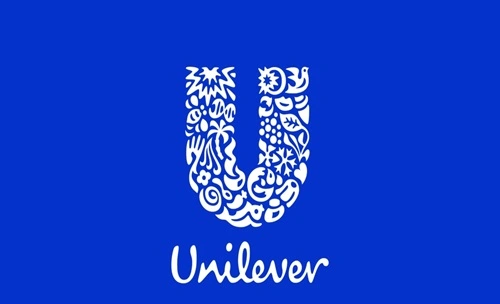
Weaknesses
1. Exposure to Market Volatility: Despite its global presence, Unilever is susceptible to market-specific challenges. For instance, in 2024, the company faced an 18% sales decline in Indonesia, attributed to operational issues and early consumer boycotts linked to geopolitical tensions. Such instances highlight the vulnerability to regional disruptions.
2. Complex Organizational Structure: Managing a vast and diverse portfolio across numerous markets can lead to operational complexities. This complexity may result in inefficiencies and slower decision-making processes, potentially hindering agility in responding to market changes.
Opportunities
1. Expansion in Emerging Markets: Unilever’s strategic focus on high-growth markets, particularly India, presents significant opportunities. With India’s GDP per capita projected to grow substantially, the company aims to capitalize on increasing consumer spending by doubling down on its presence and tailoring products to local preferences.
2. Digital Transformation and E-commerce: The acceleration of digital adoption globally offers Unilever the chance to enhance its e-commerce capabilities. By leveraging digital platforms, the company can reach a broader audience, personalize consumer interactions, and optimize supply chain efficiencies.
3. Portfolio Optimization: The planned separation of the ice cream division by the end of 2025 allows Unilever to streamline its operations and focus on core categories with higher growth potential. This strategic move is expected to improve returns and align resources more effectively.
Threats
1. Intensifying Competition: The FMCG sector is highly competitive, with both established players and new entrants vying for market share. Unilever faces pressure to continuously innovate and differentiate its offerings to maintain its competitive edge.
2. Regulatory Challenges: Varying regulations across different markets, especially concerning environmental standards, labor laws, and trade policies, pose compliance challenges. Adapting to these diverse regulatory landscapes requires significant resources and can impact operational efficiency.
3. Economic Uncertainties: Global economic fluctuations, including inflationary pressures and currency volatility, can affect consumer spending patterns and operational costs. For example, Unilever has cautioned about subdued growth in China due to weak consumer demand, necessitating strategic adjustments.
Conclusion
As Unilever navigates the complexities of 2025, its inherent strengths—such as a robust global presence, strong brand portfolio, commitment to sustainability, and focus on innovation—position it favorably in the FMCG sector. However, the company must proactively address its weaknesses, capitalize on emerging opportunities, and mitigate external threats to sustain its competitive advantage and drive future growth.


